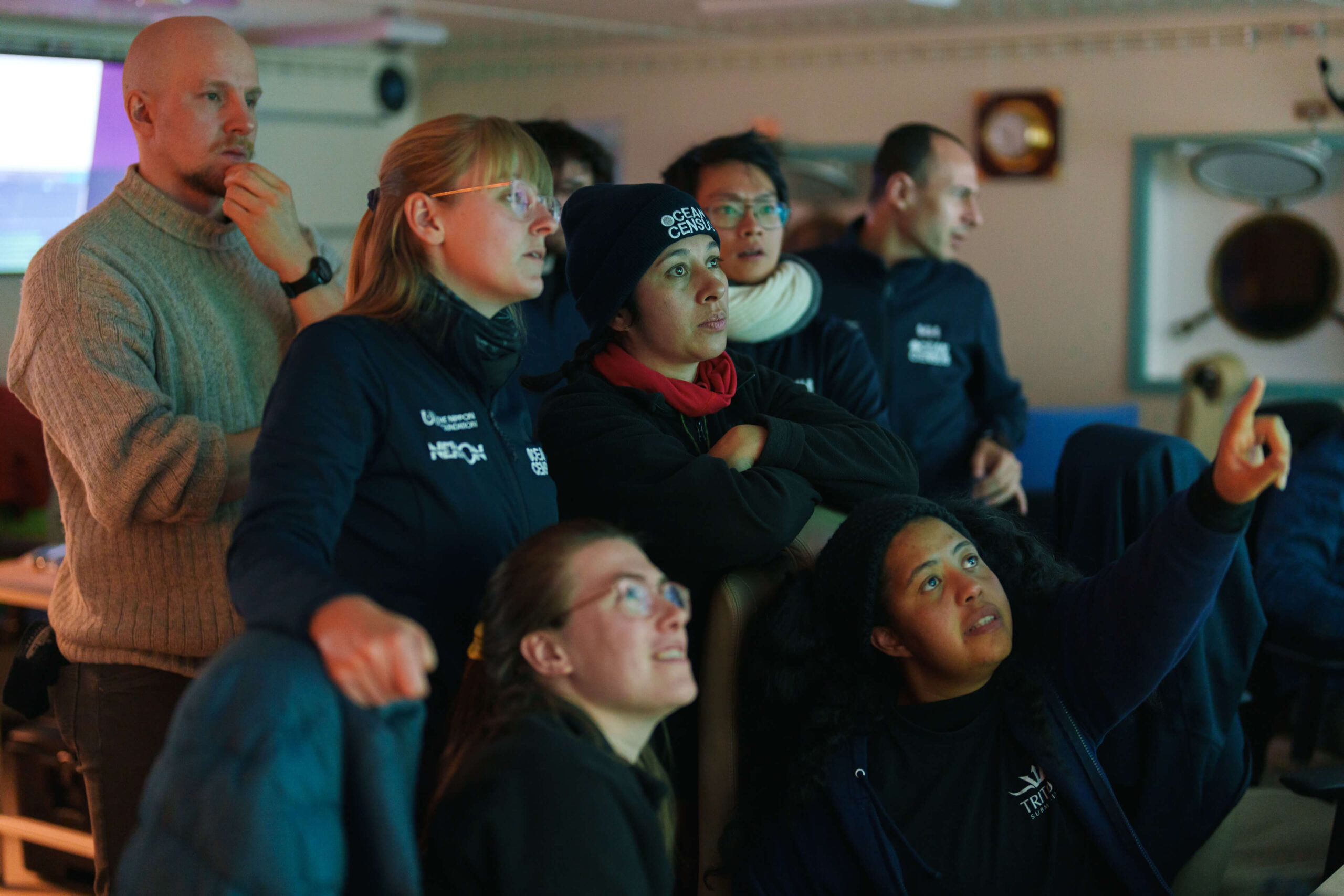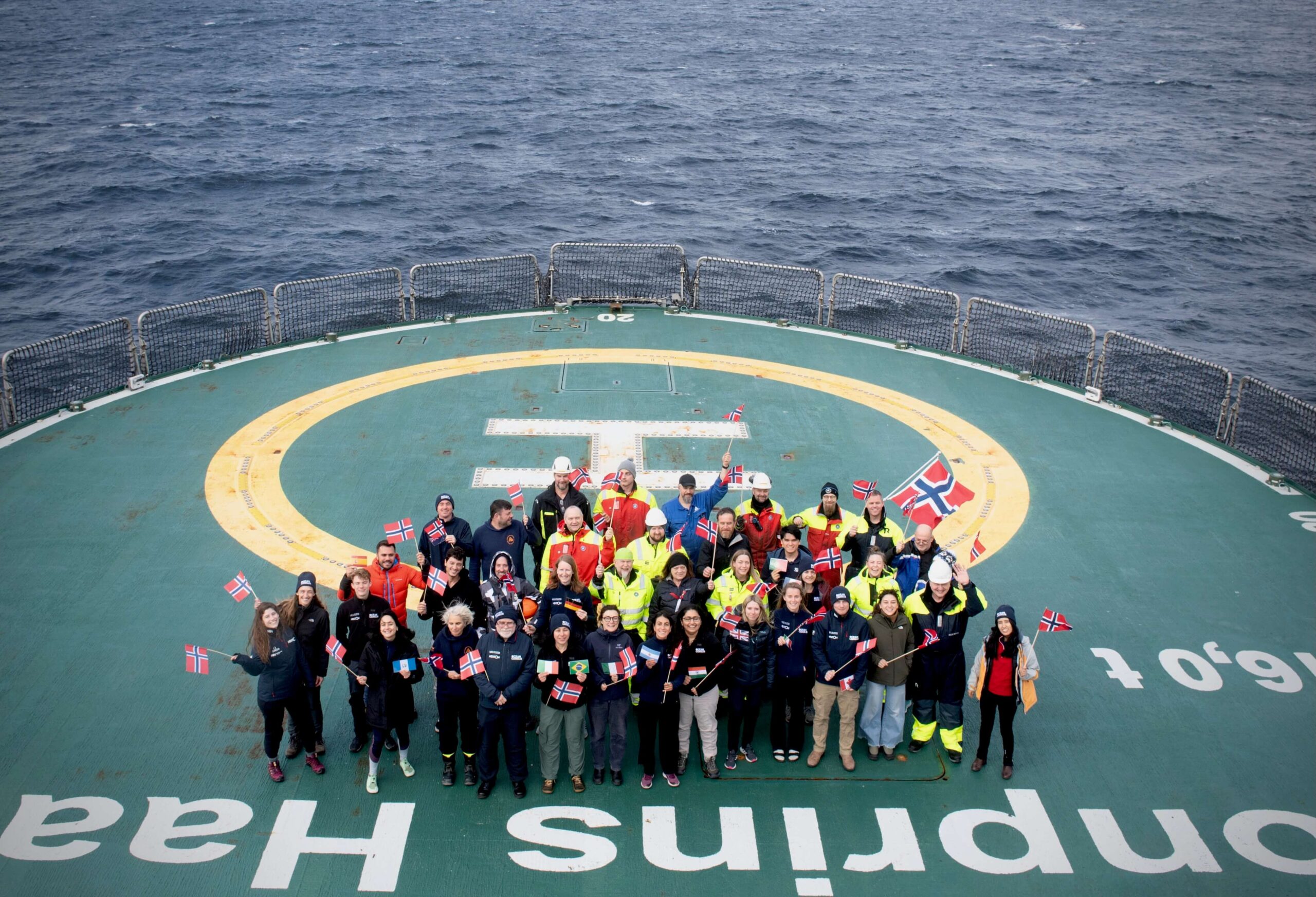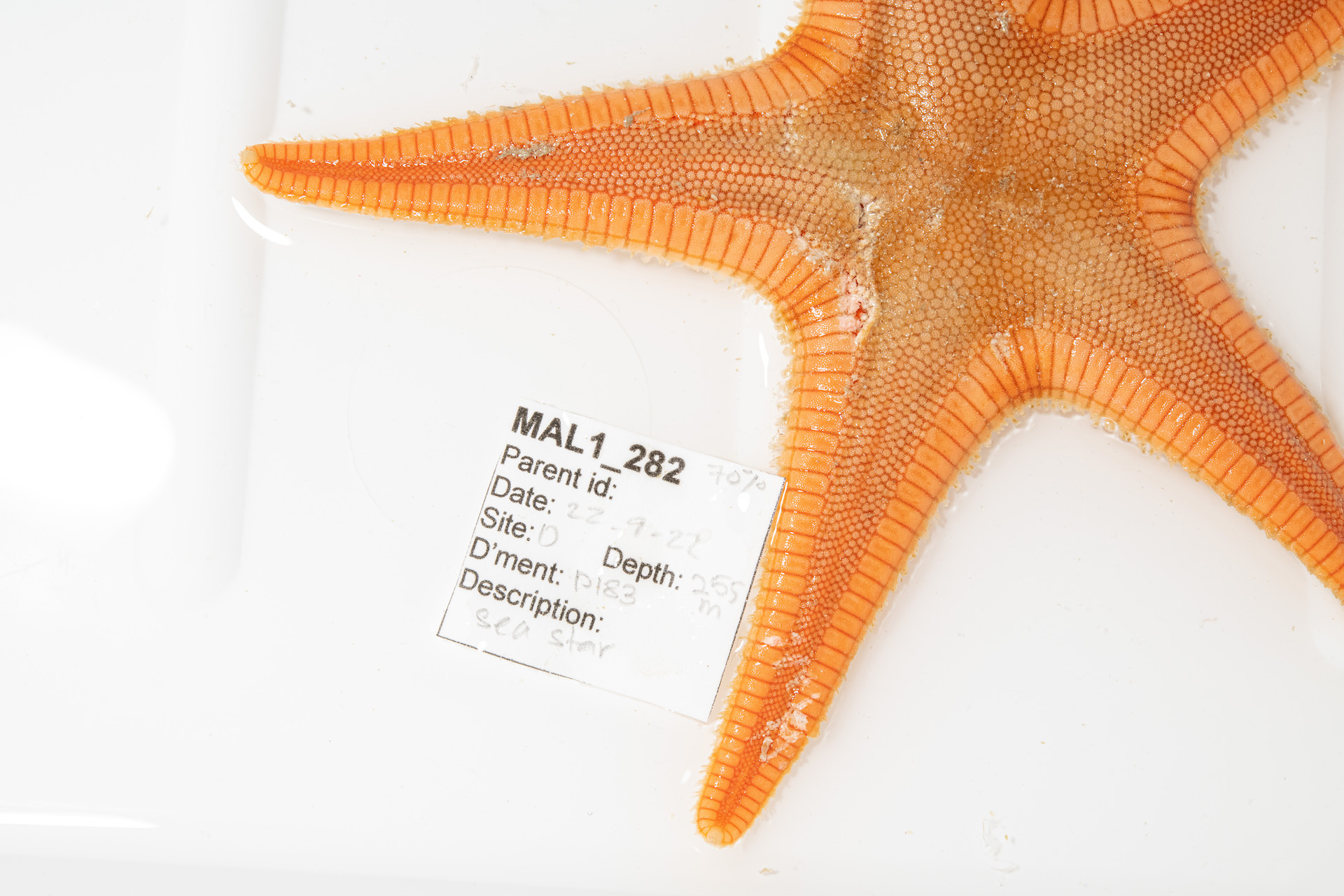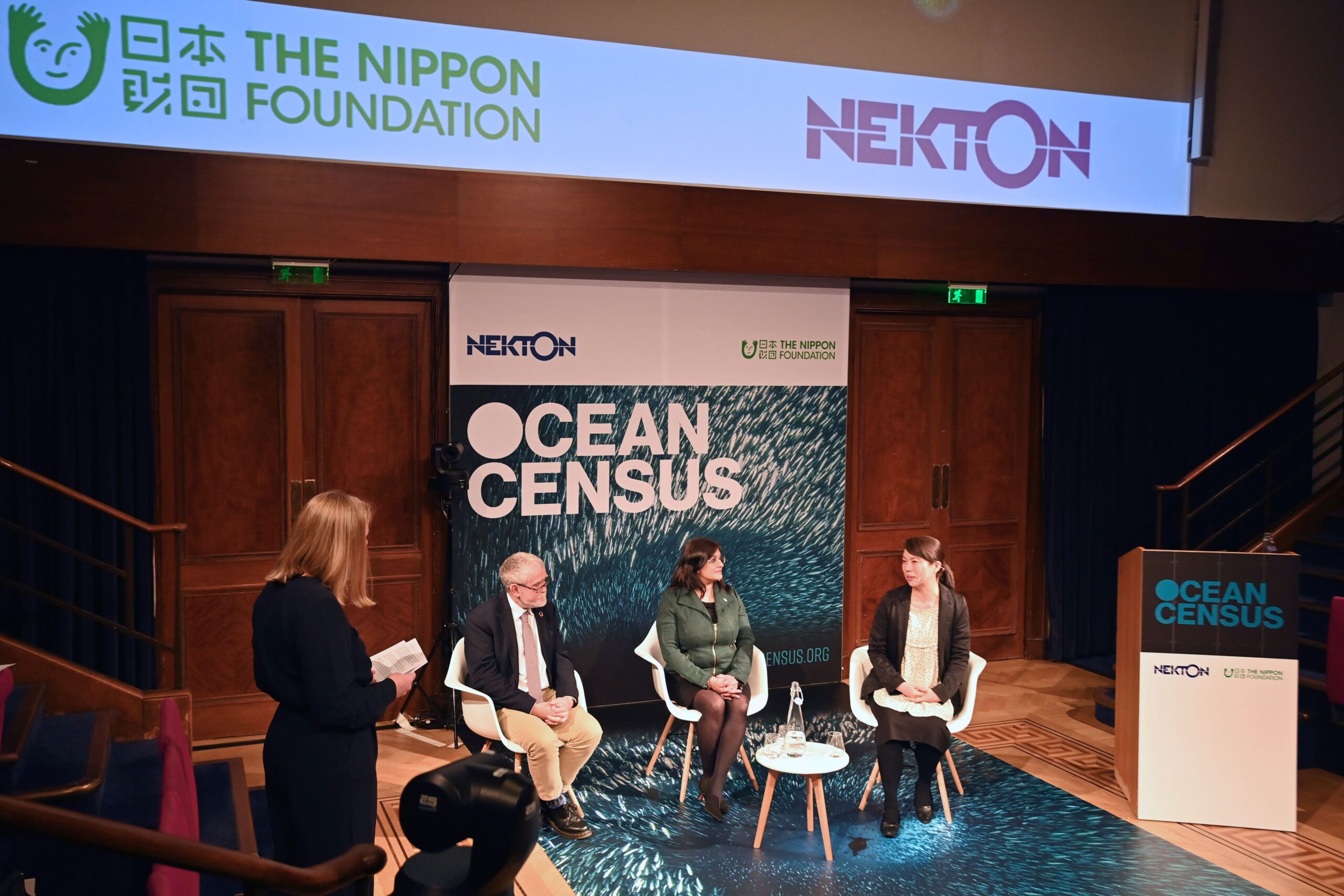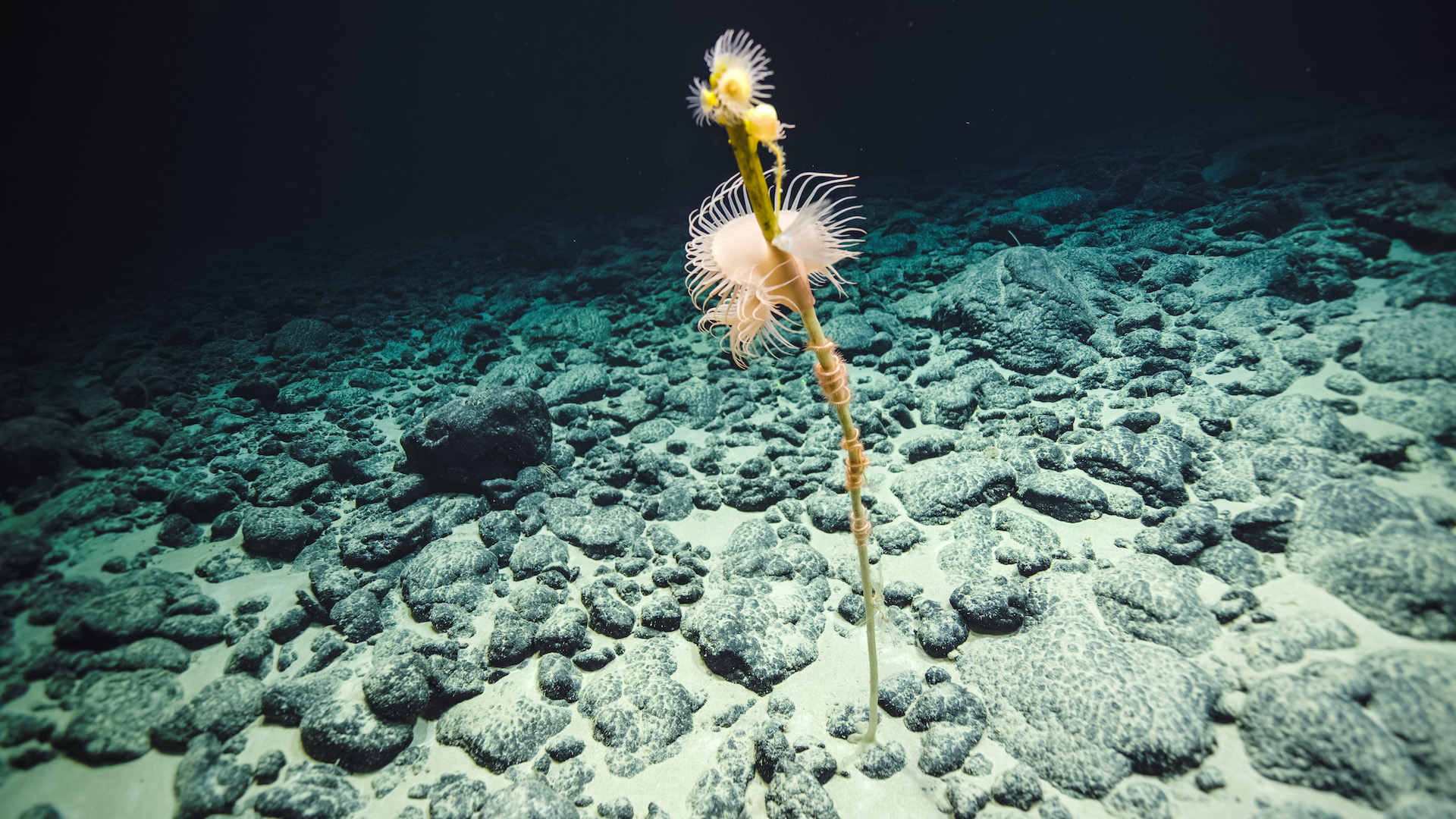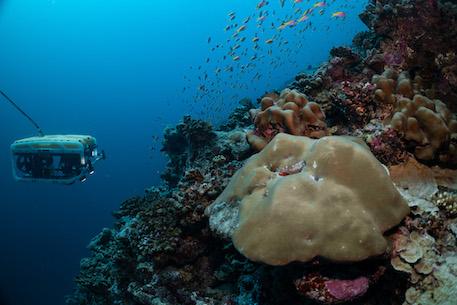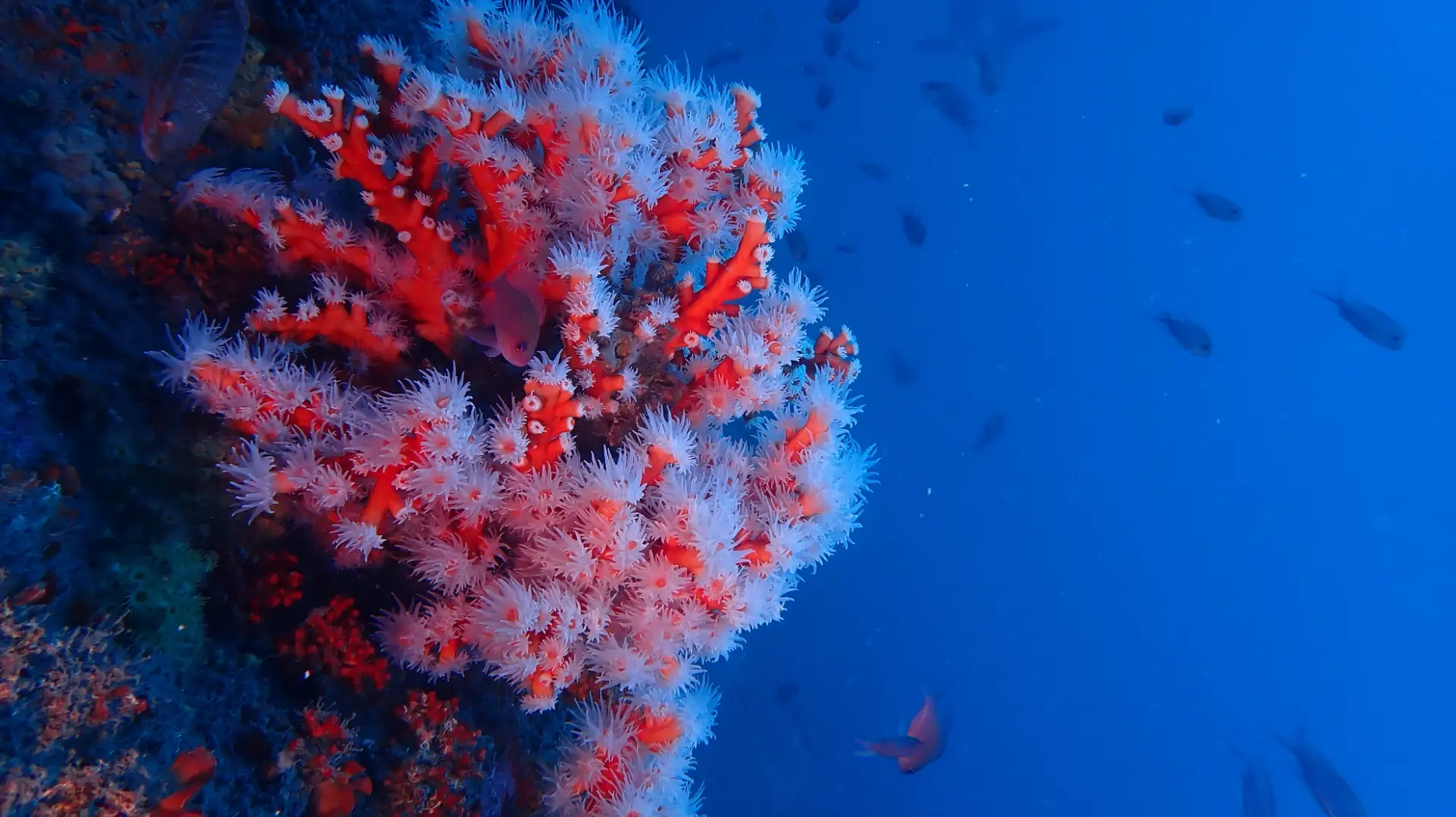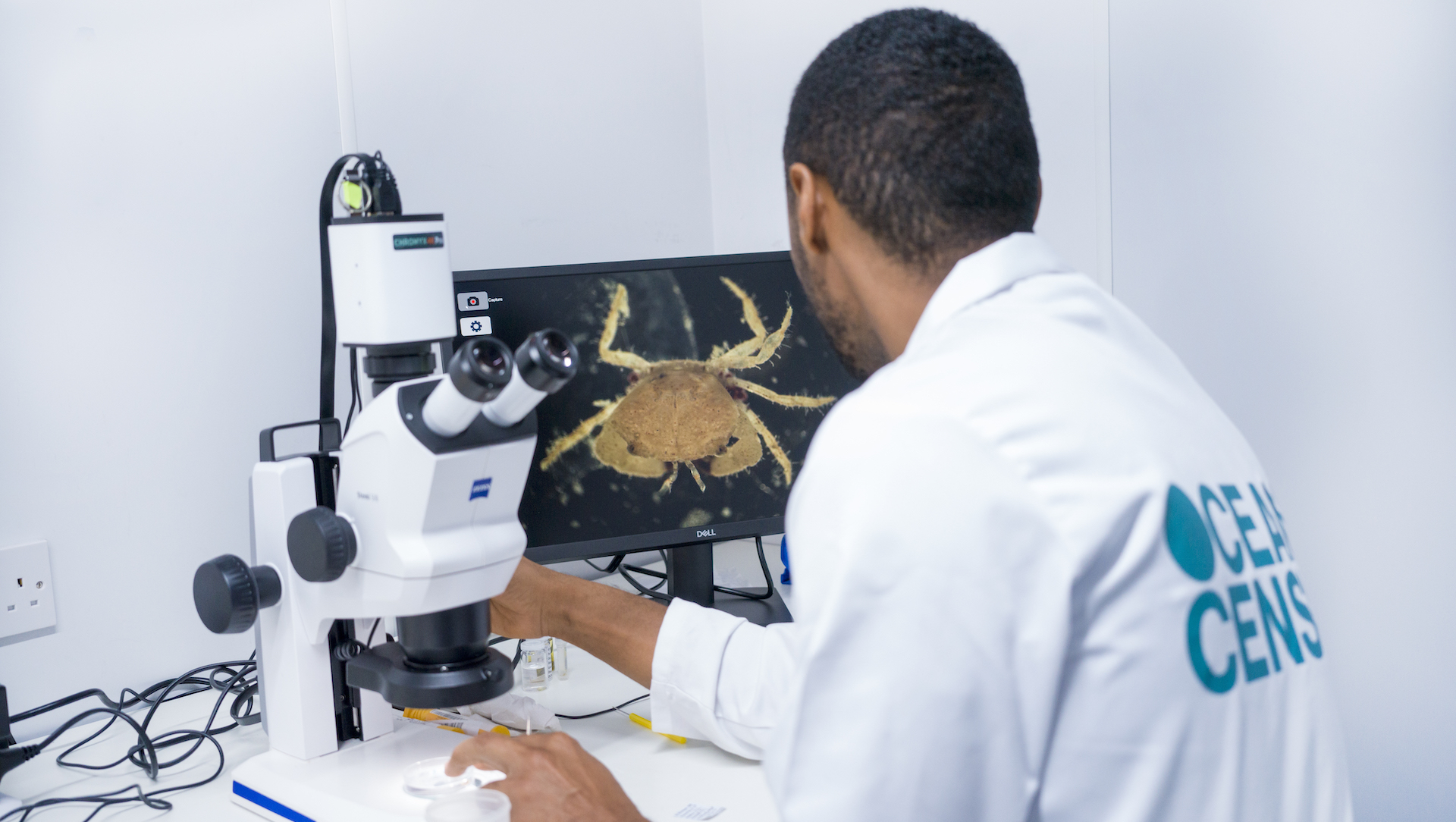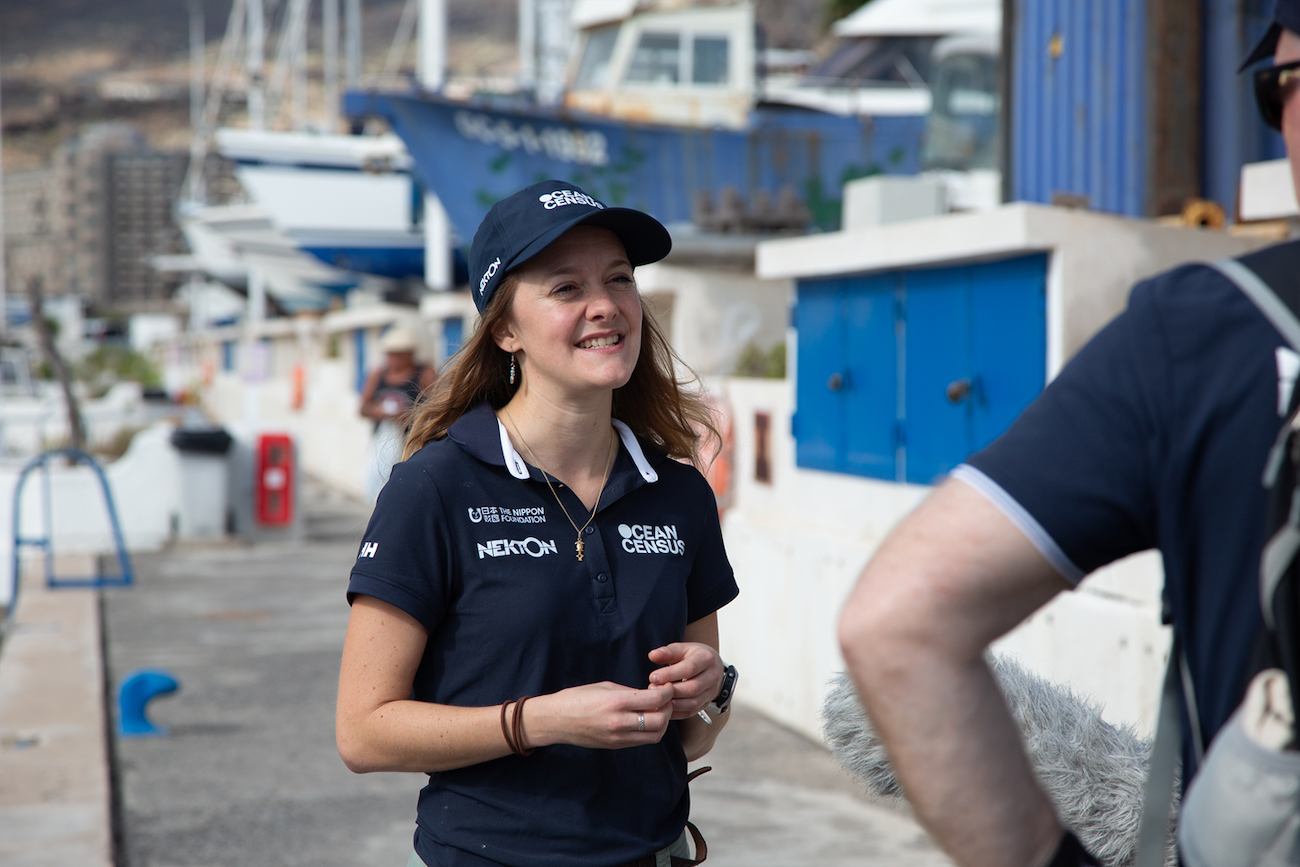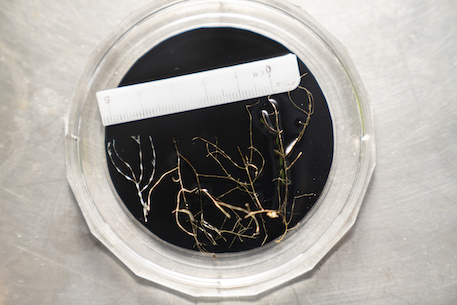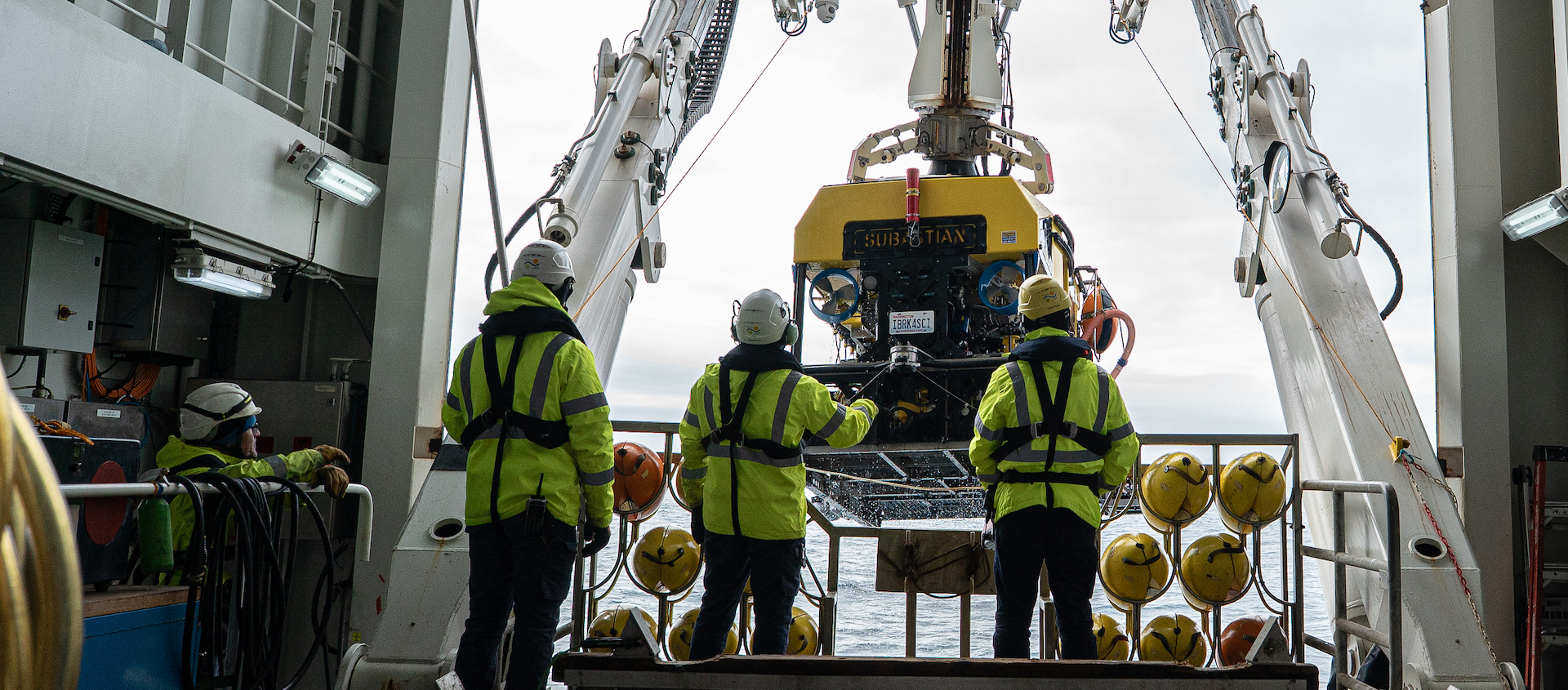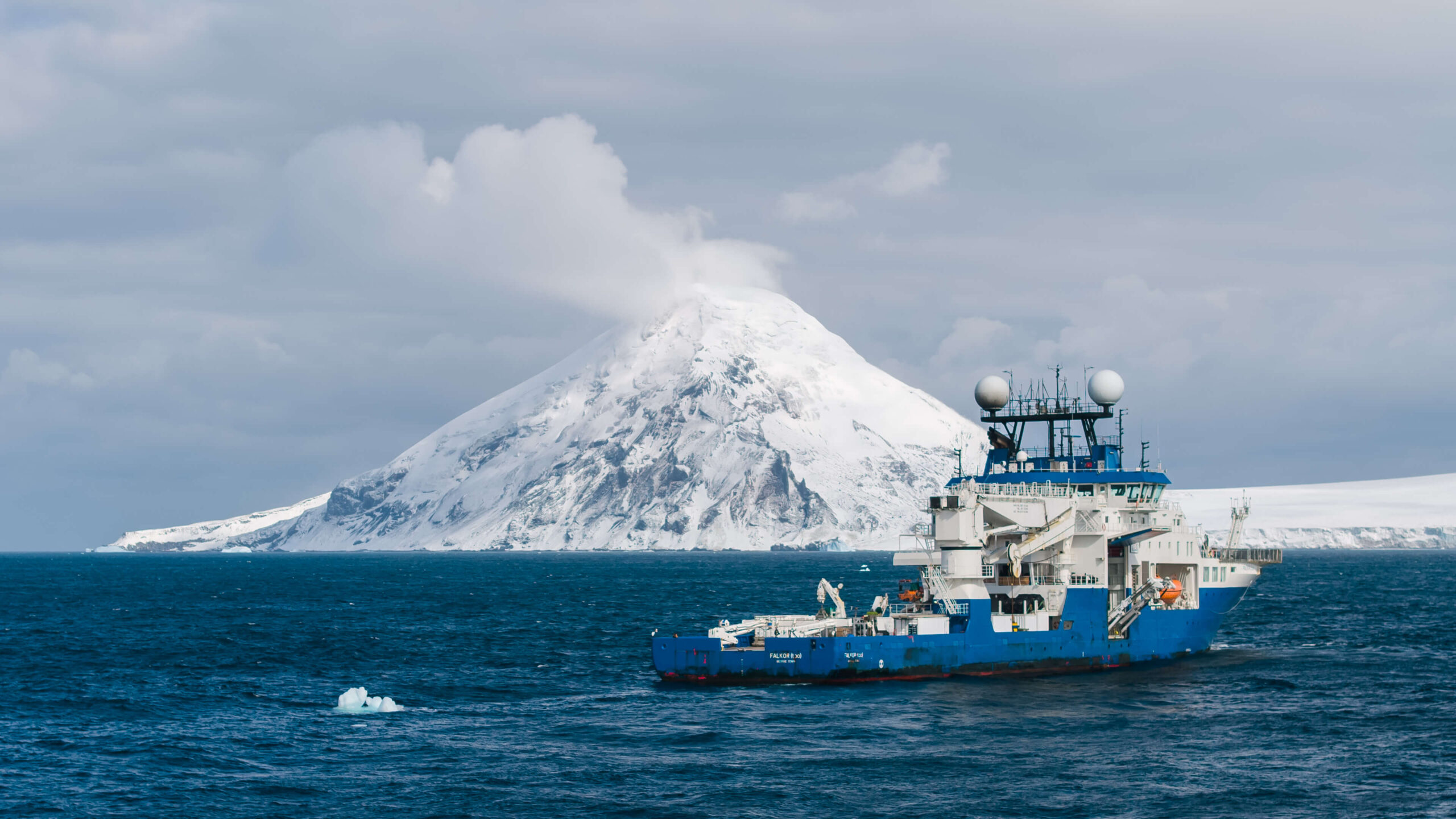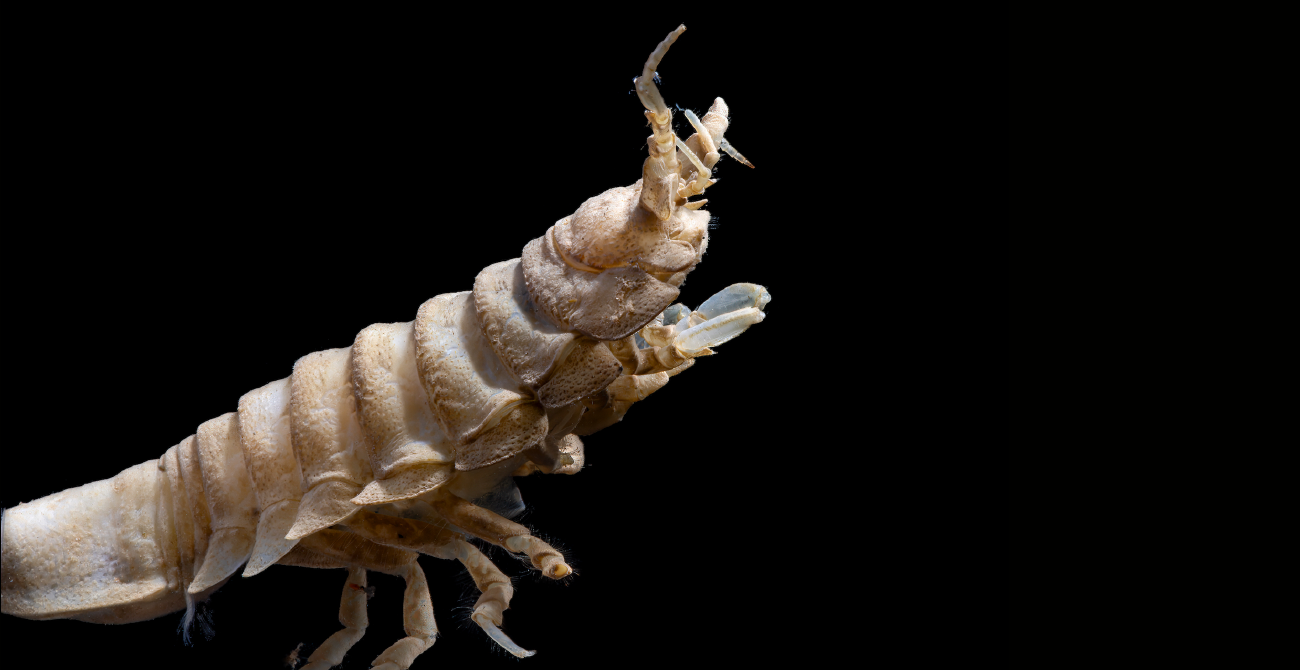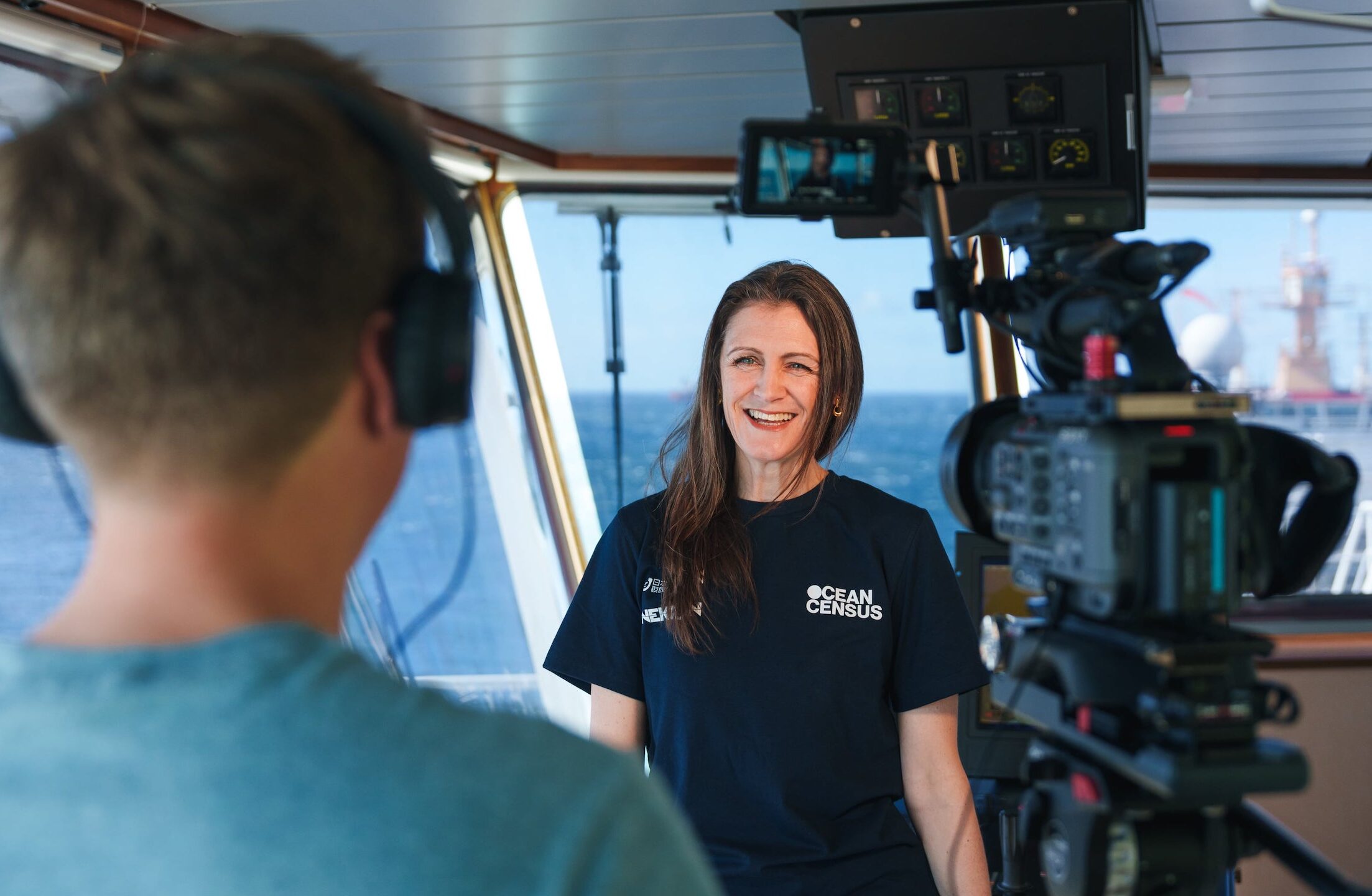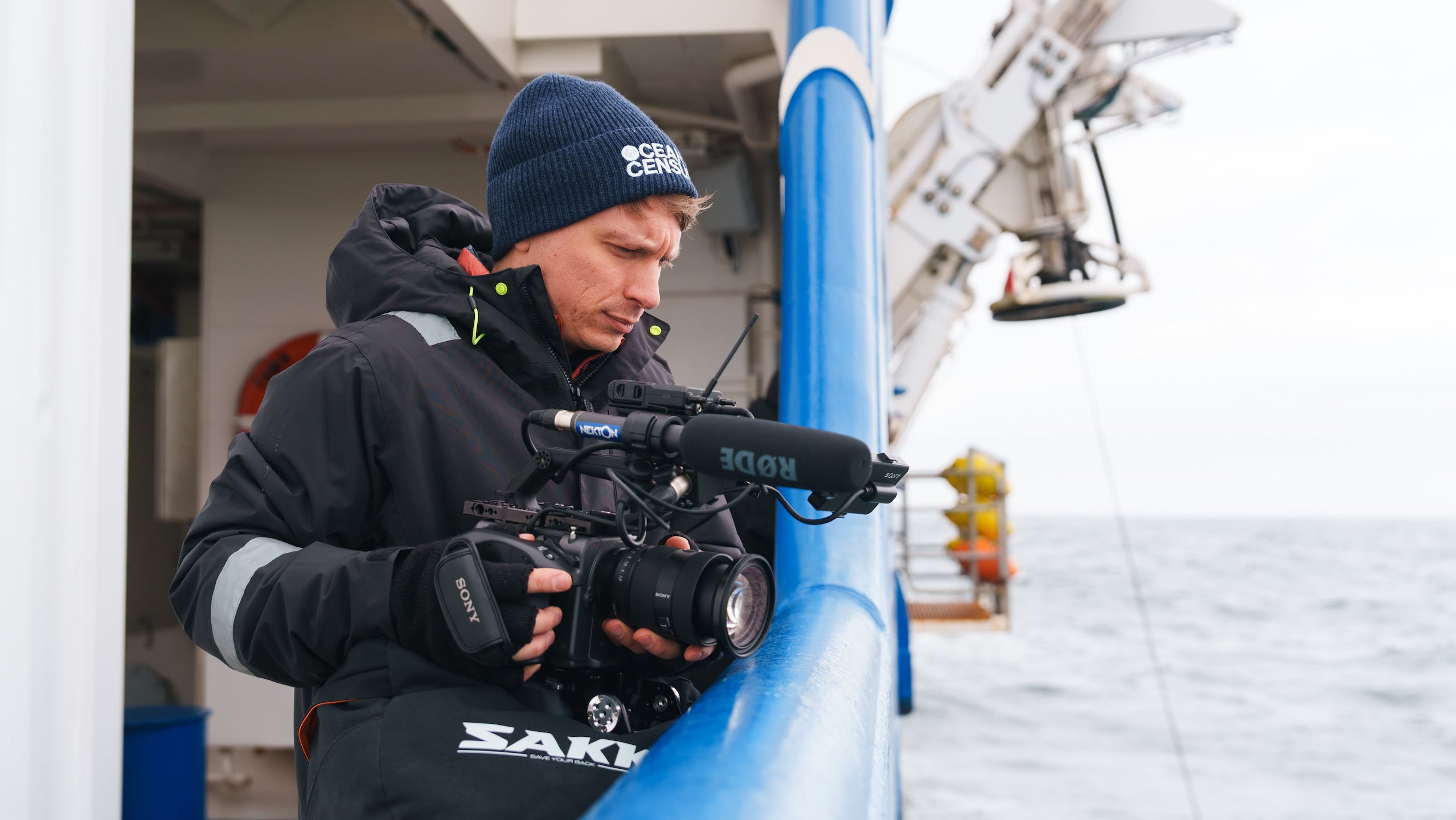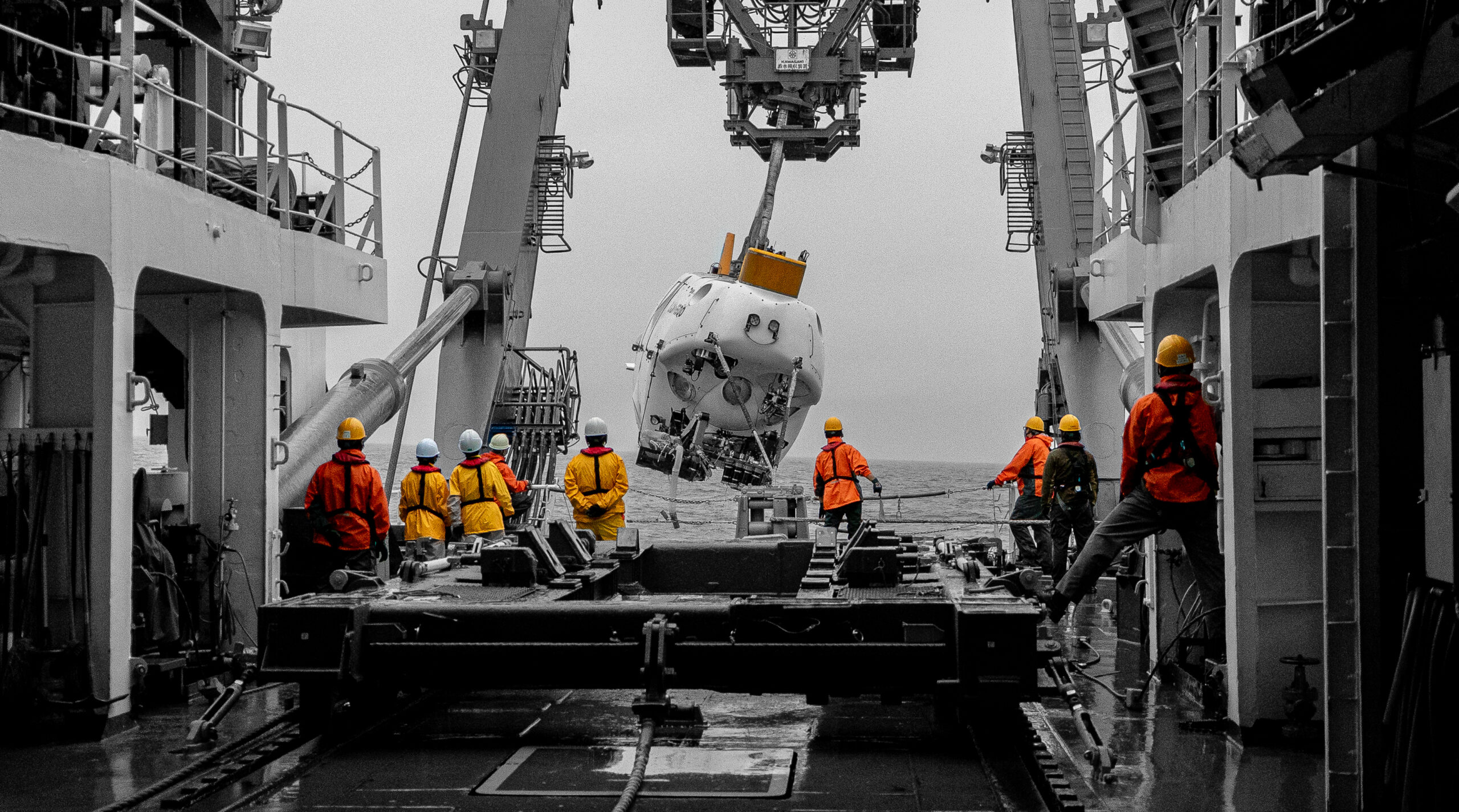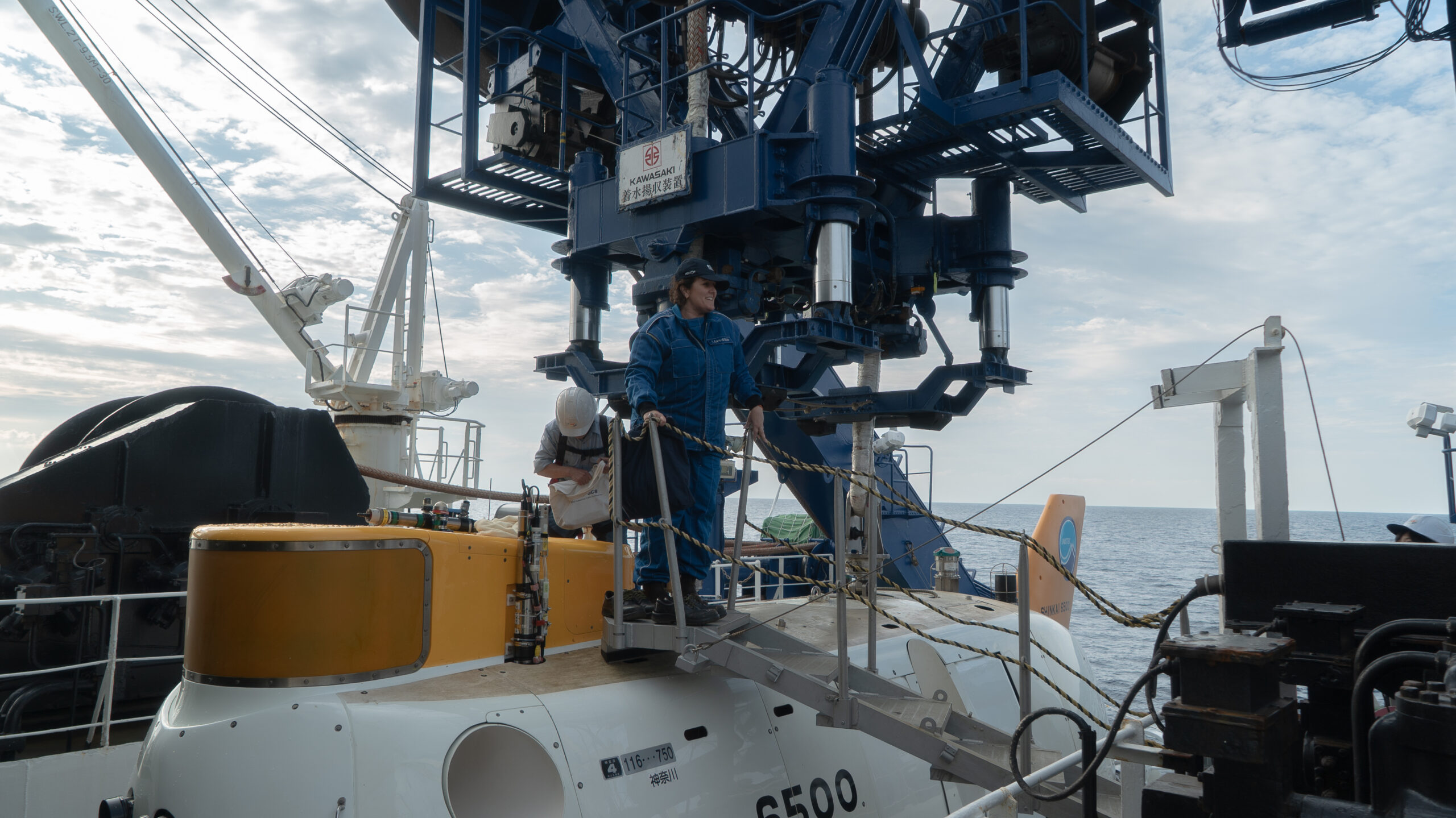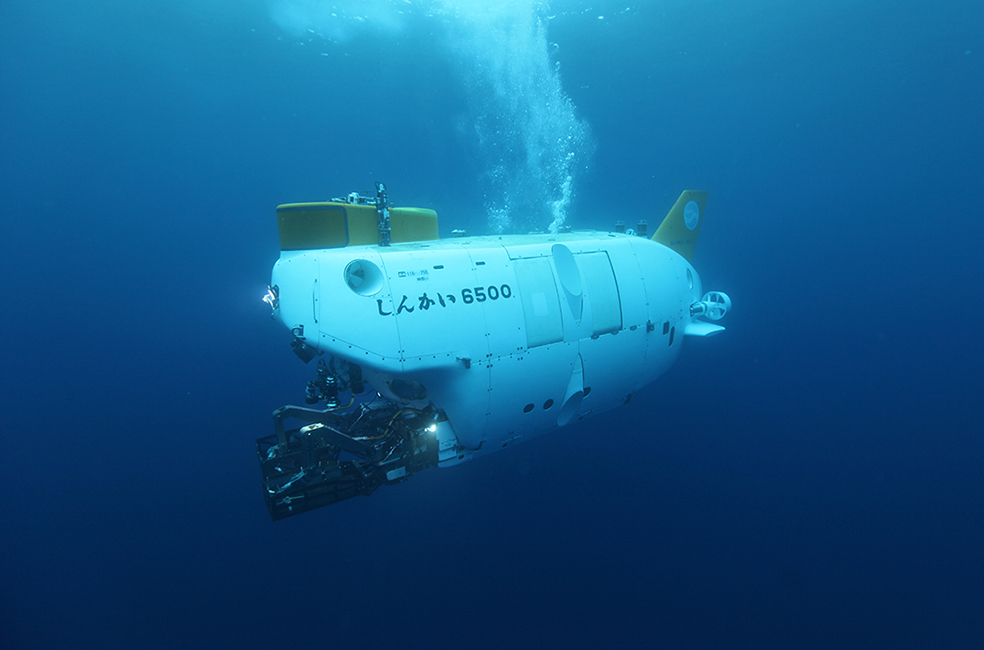
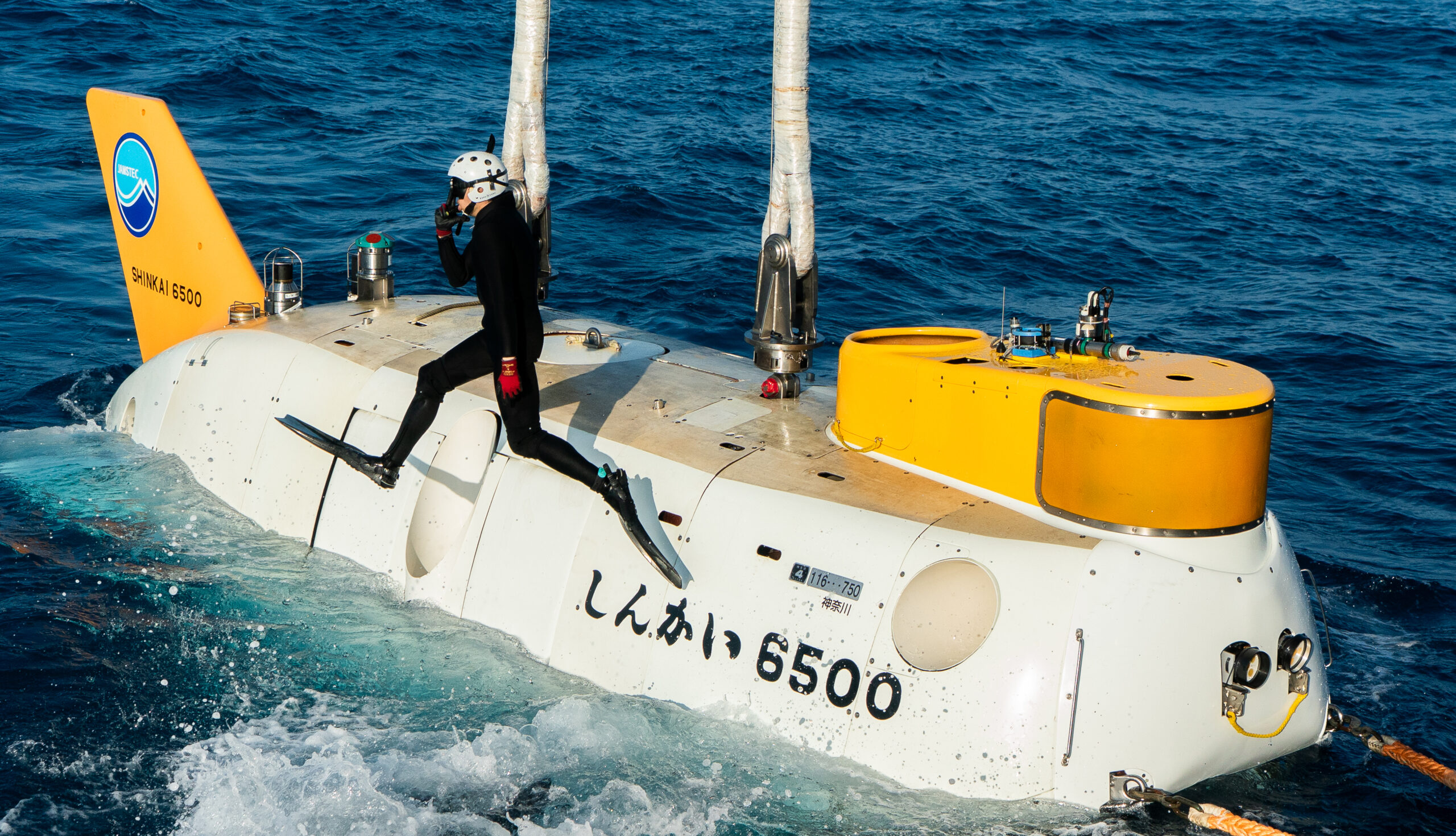
JAMSTEC Shinkai Expedition –
Dive Site: Shichiyo Seamounts
Dive Site
Rising from the deep seafloor south of mainland Japan, the Shichiyo Seamounts, a dive site of the JAMSTEC Shinkai expedition, are part of a chain of underwater volcanoes formed by tectonic activity along the Izu–Ogasawara Arc.
Though situated near more intensively studied regions, the parts of the Shichiyo group itself are a data-poor yet biologically promising area within Japan’s Exclusive Economic Zone (EEZ).
These seamounts rise from depths exceeding 2,500 metres, with summit plateaus, steep flanks, and isolated ridgelines that create a mosaic of benthic habitats. Their geographic isolation, rugged topography, and relative lack of previous sampling make them a prime site for biodiversity surveys.
Geological and Oceanographic Context
The Shichiyo Seamounts are part of the Izu–Bonin–Mariana (IBM) Arc, a volcanic chain generated by the subduction of the Pacific Plate beneath the Philippine Sea Plate.
Like other seamounts, they exert strong influence on local current regimes, enhancing upwelling and nutrient retention. This often leads to increased primary productivity, especially on summit platforms and upper slopes. These effects make seamounts important aggregators of both benthic and pelagic life, but such patterns remain unconfirmed at Shichiyo due to the near-complete lack of visual or in-situ observation.
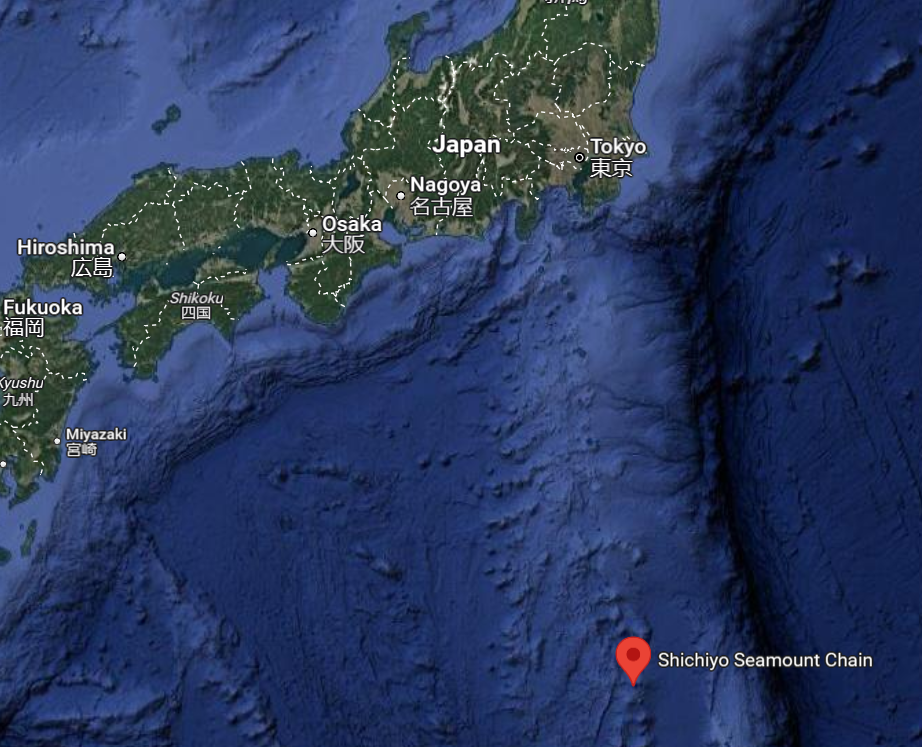
Ecological Significance
Seamounts worldwide are recognised for their high biodiversity and endemism, especially in regions with limited connectivity to adjacent habitats. Many are also home to vulnerable marine ecosystems (VMEs), including cold-water coral gardens, sponge fields, echinoderm assemblages, and rare demersal fishes. These communities rely heavily on hard substrates, such as exposed basalt or carbonate crusts, which are often scarce on abyssal plains.
The relatively low amount of ecological survey or biological sampling from the Shichiyo Seamounts makes them especially valuable as a site for species discovery.
Sediment-dwelling organisms, such as polychaetes, as well as hard-substrate taxa like bryozoans, sponges, or cnidarians, are all known to be present.
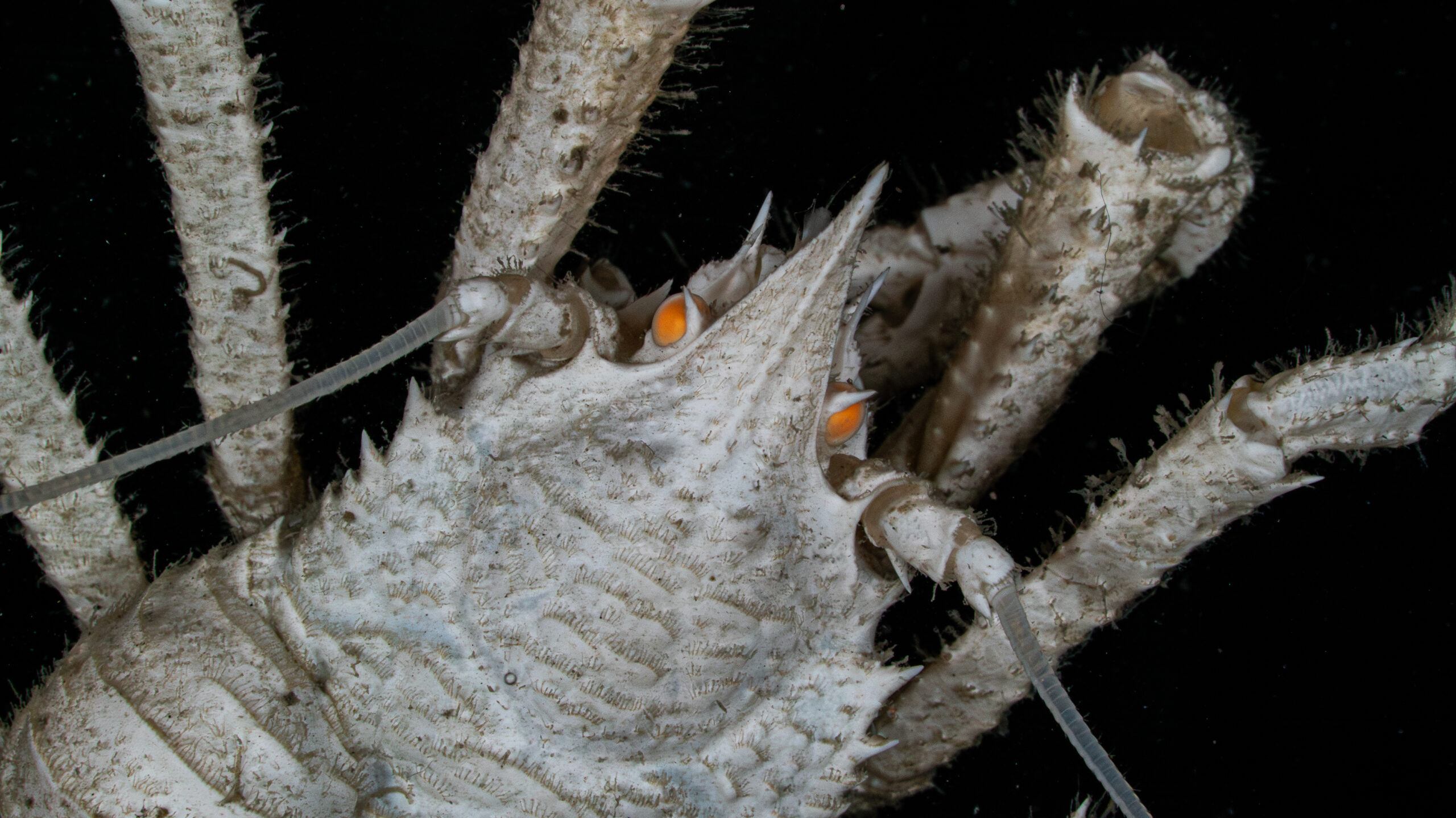
Image Credit: Paul Satchell-The Nippon Foundation-Nekton Ocean Census/©JAMSTEC
Research Potential
The use of human occupied submersibles allows for close-range visual surveys, species sampling, and sediment collection in areas previously unreachable by trawl-based systems.
Current priorities for study include:
- High-resolution imaging and in situ habitat assessment.
- Collection of sessile and mobile fauna from summit and flank zones
- Establishment of a baseline dataset
Seamounts have also been proposed as areas of conservation interest and possible candidates for marine protected area (MPA) designation. As deep-sea exploration expands, locations like Shichiyo – remote, understudied, and biologically rich, play a key role in shaping the future of species discovery and deep-ocean science.
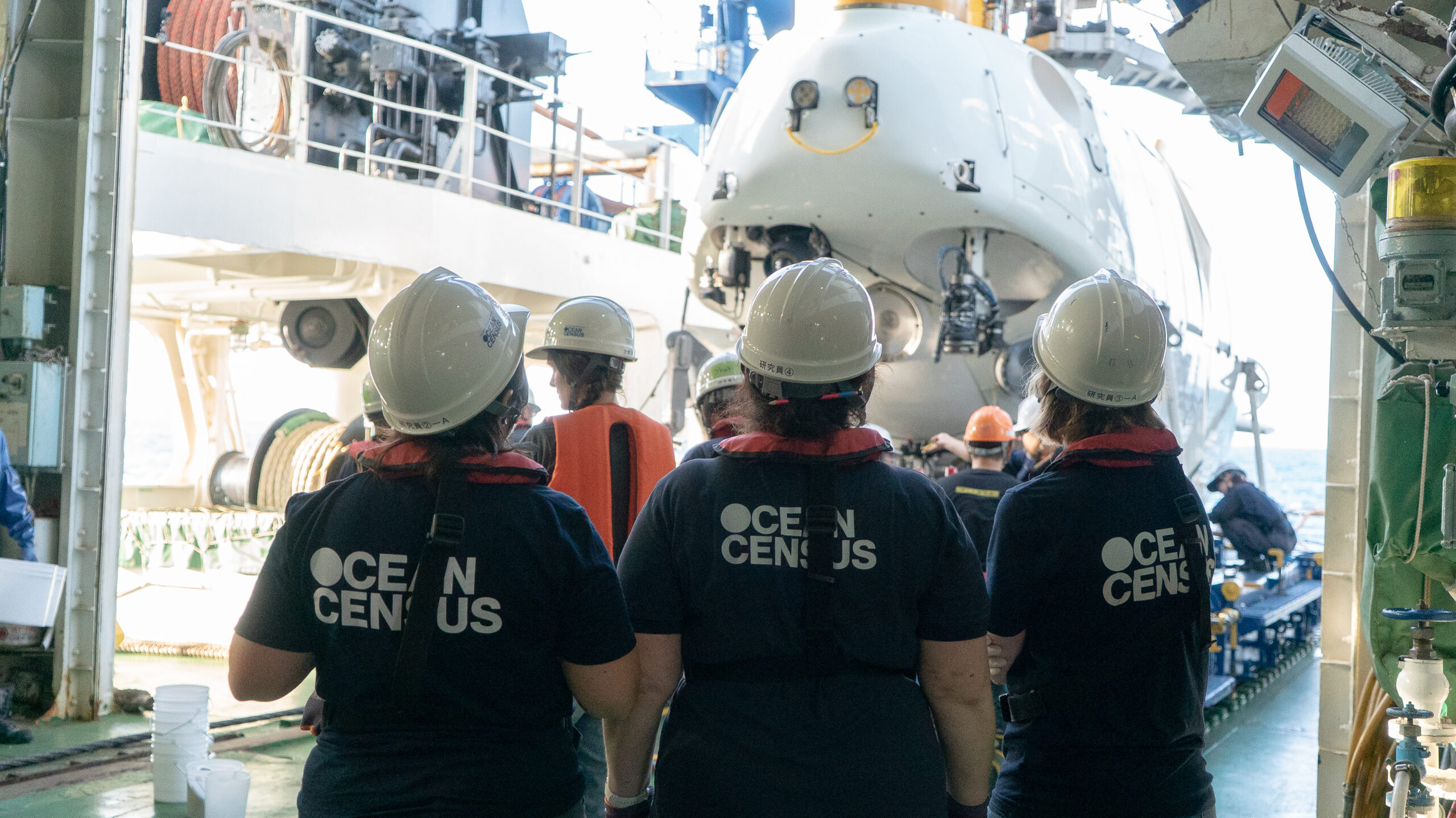
Image Credit: Paul Satchell-The Nippon Foundation-Nekton Ocean Census/©JAMSTEC
References
Clark, M. R. et al. (2010). The Ecology of Seamounts: Structure, Function and Human Impacts. Annual Review of Marine Science. DOI: 10.1146/annurev-marine-120308-081109
More About the JAMSTEC Shinkai Expedition
The Ocean Census JAMSTEC-Shinkai expedition is a 20-day research mission that brings together Japanese Agency of Marine-Earth Science and Technology (JAMSTEC) and The Nippon Foundation-Nekton Ocean Census, with the key aim of exploring a range of deep-sea ecosystems within the Japanese EEZ (Exclusive Economic Zone) for new species of marine life.
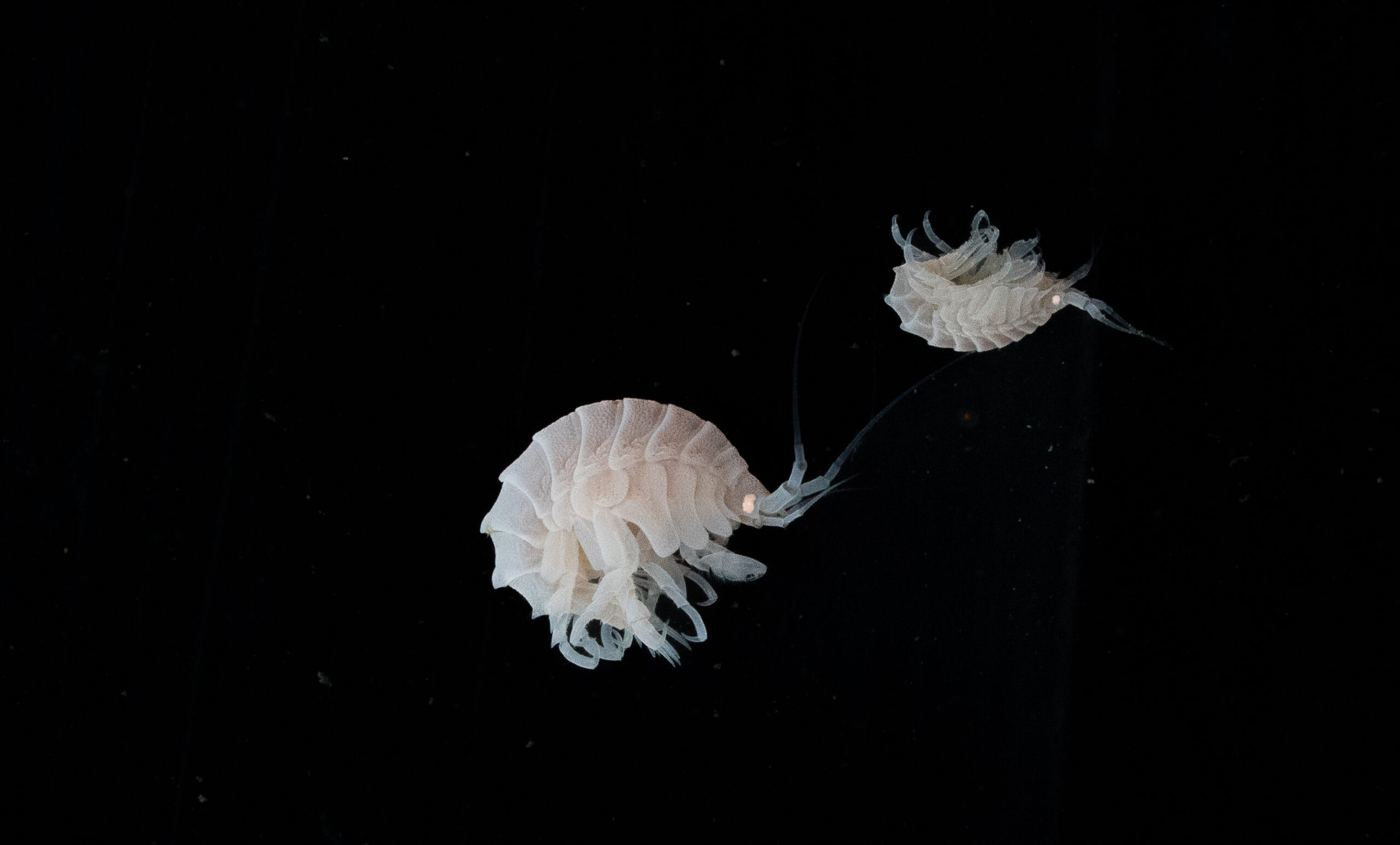
Related News
Join the census
The Ocean Census Alliance unites national and philanthropic marine institutes, museums, and universities, backed by governments, philanthropy, business and civil society partners.
